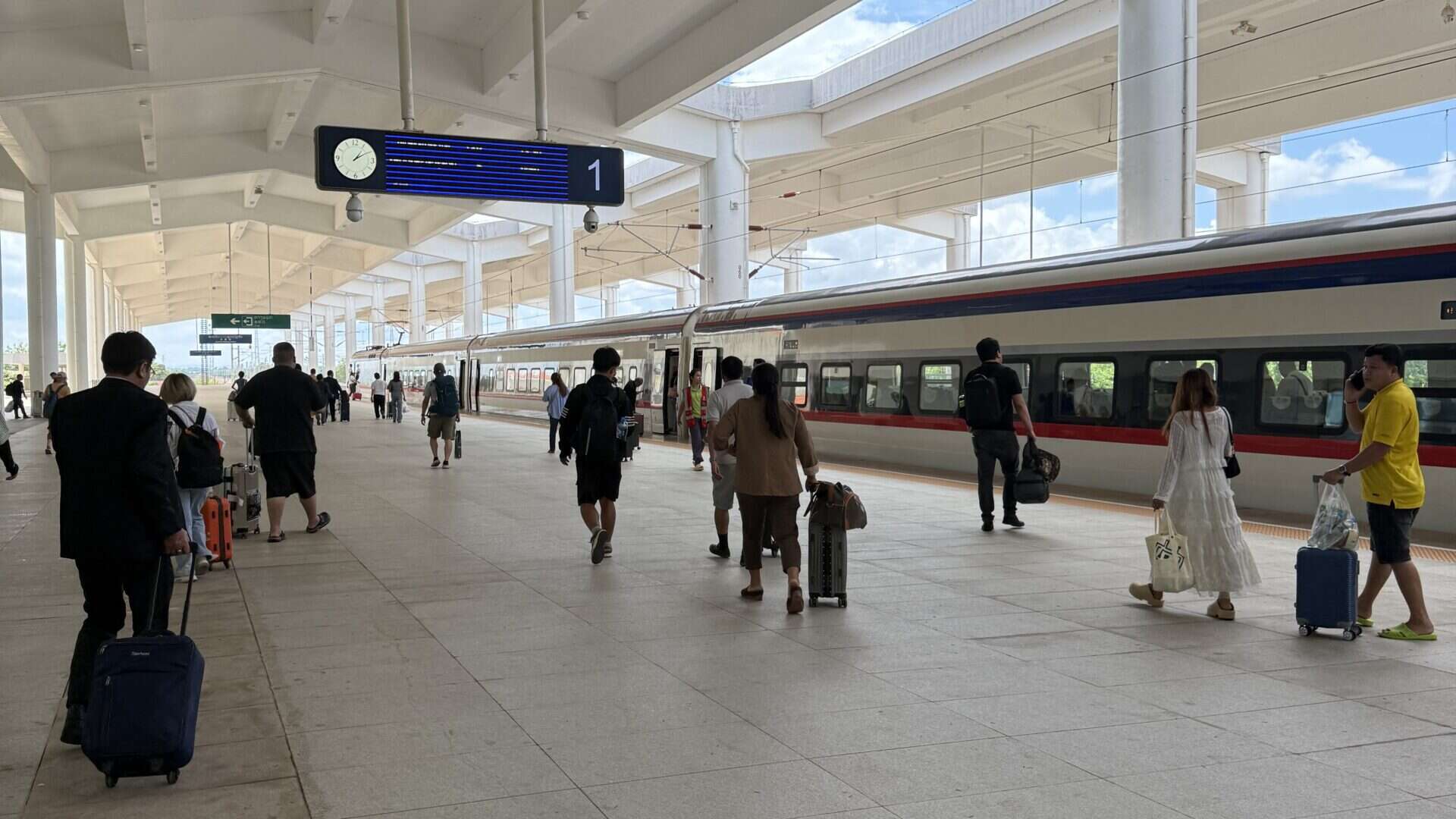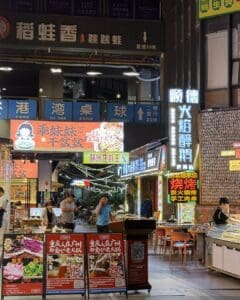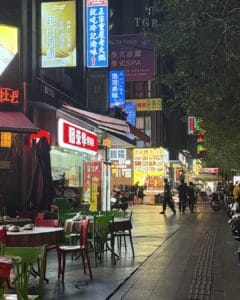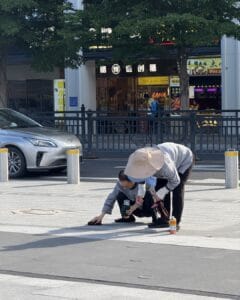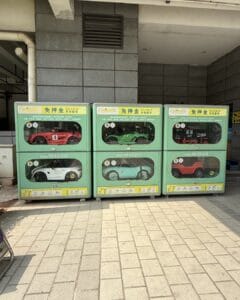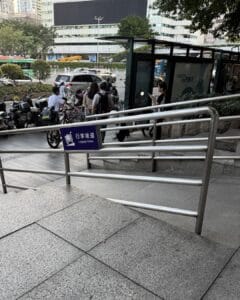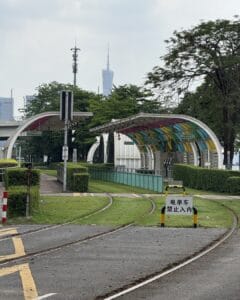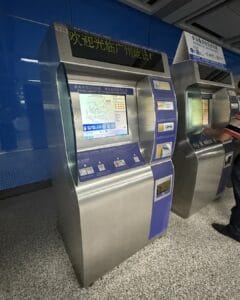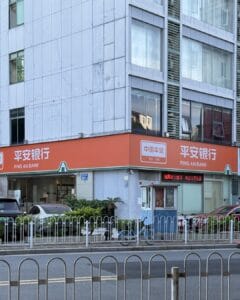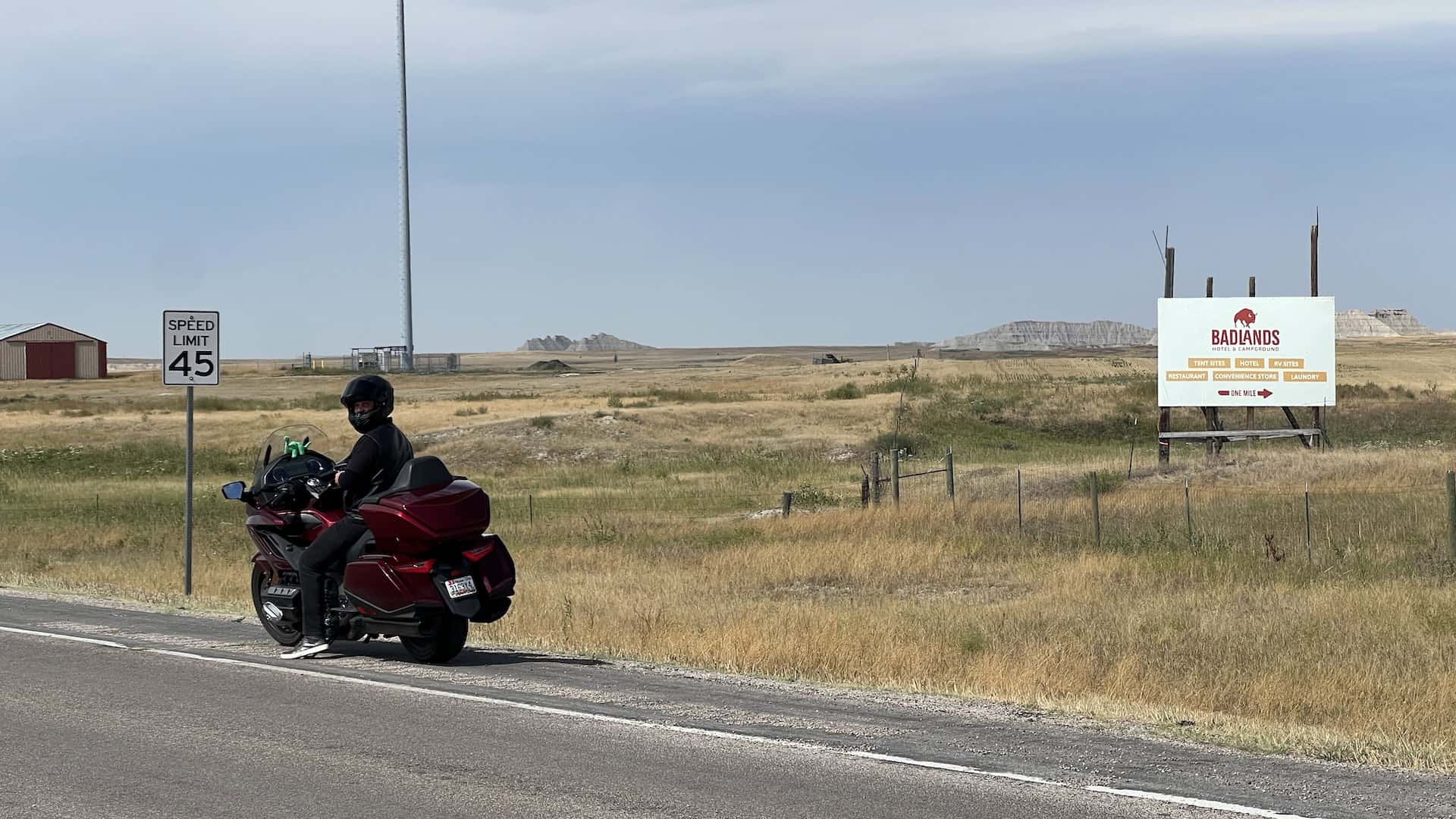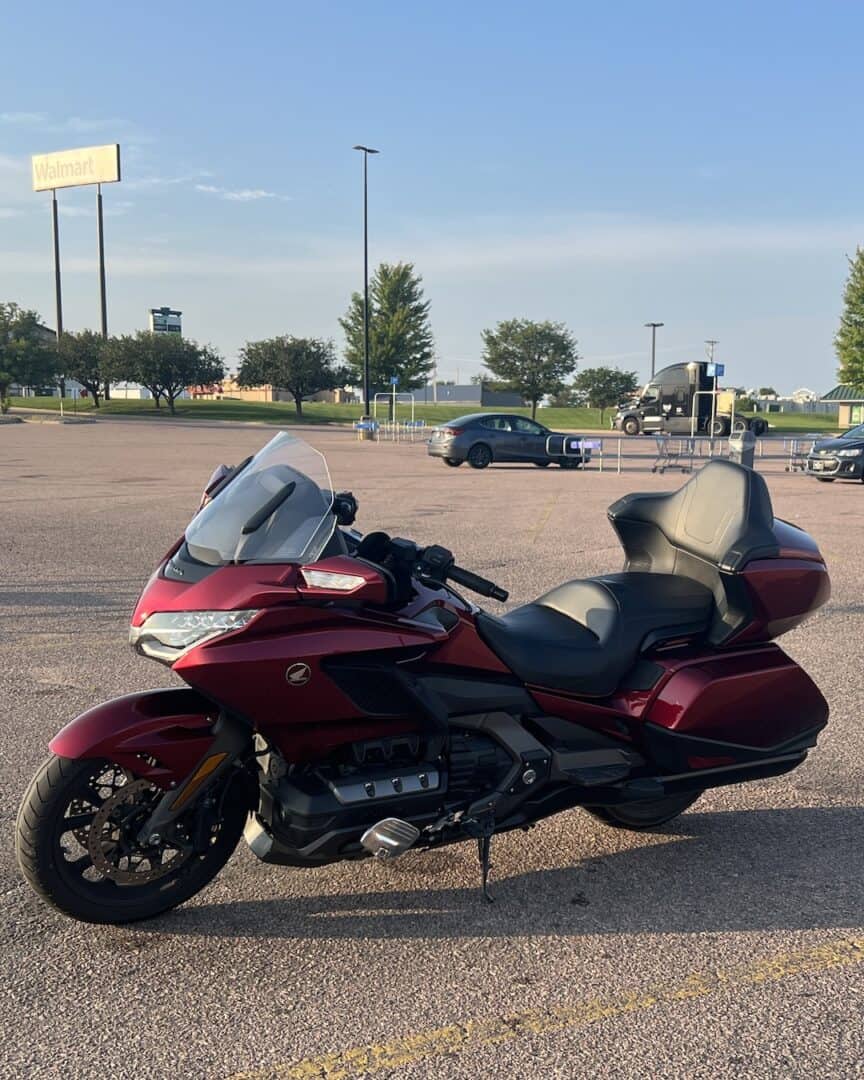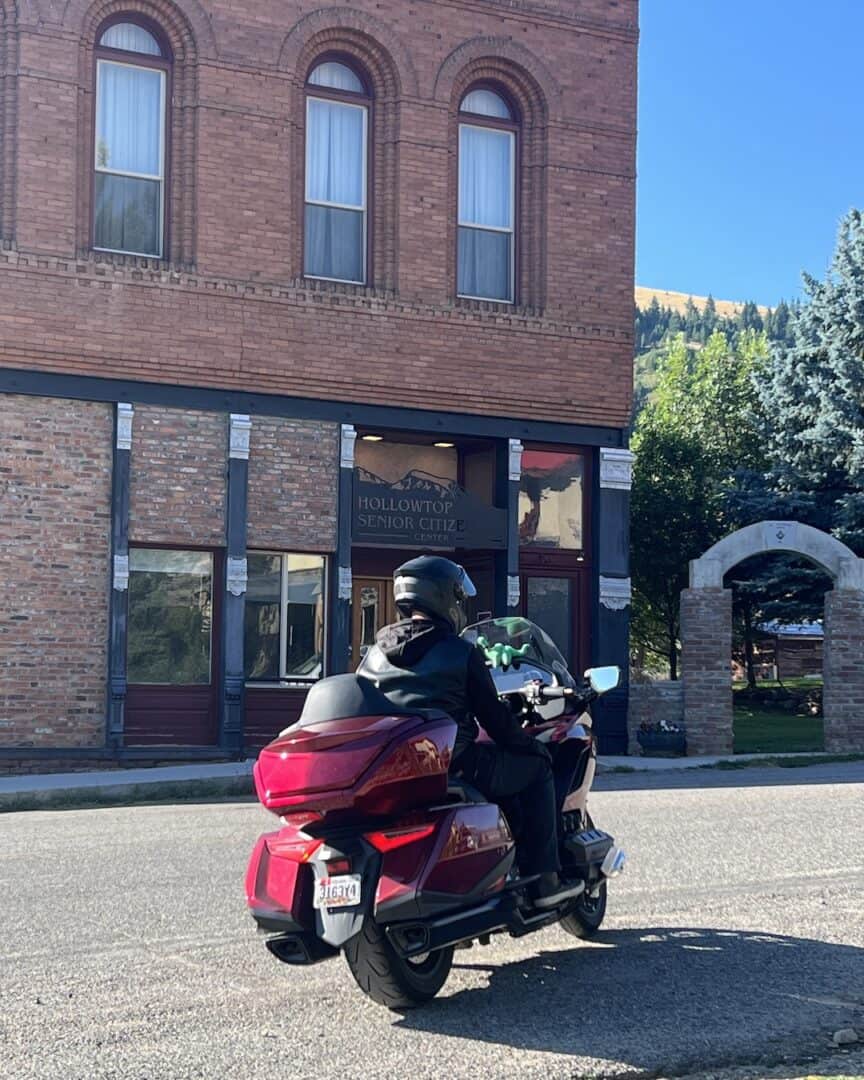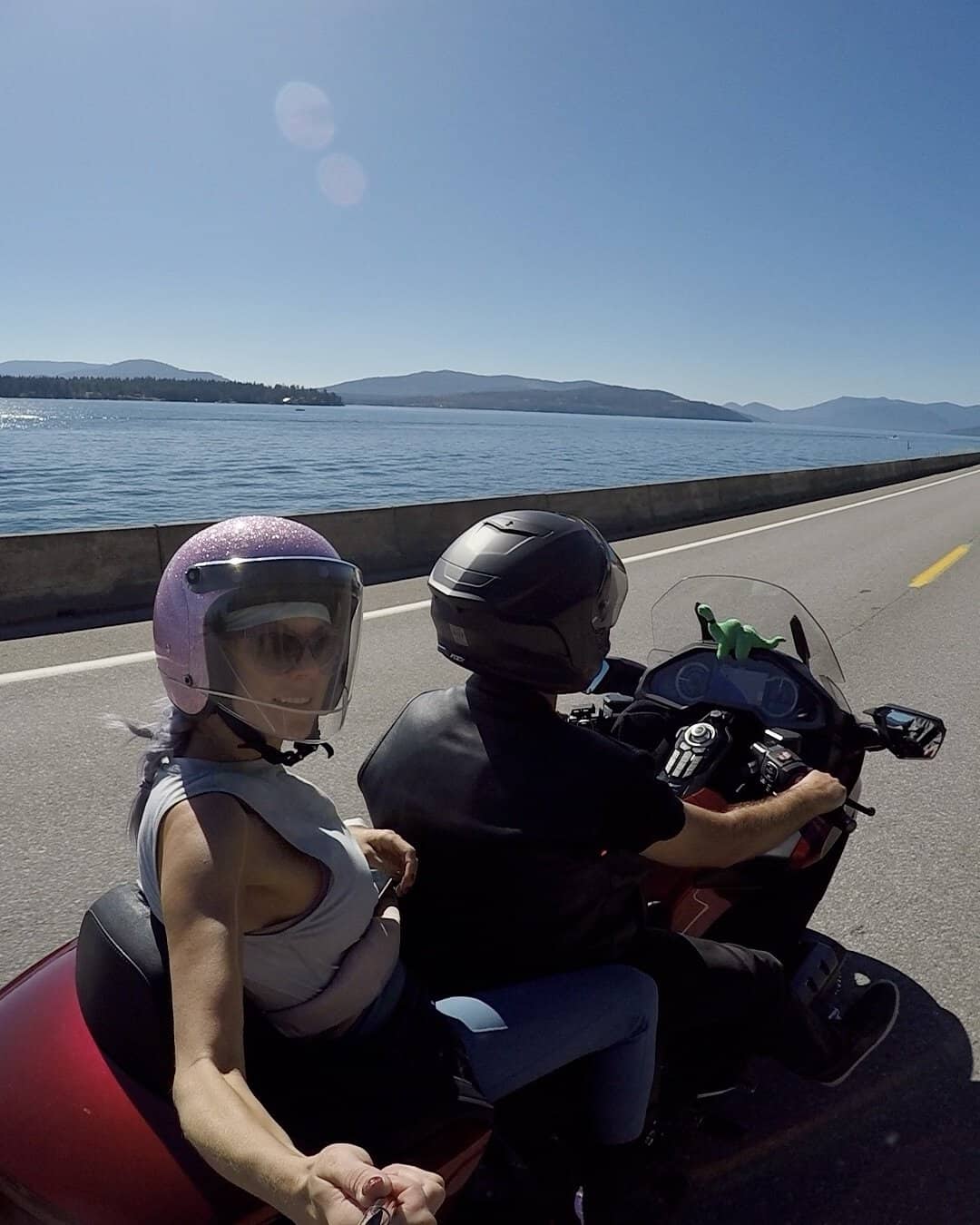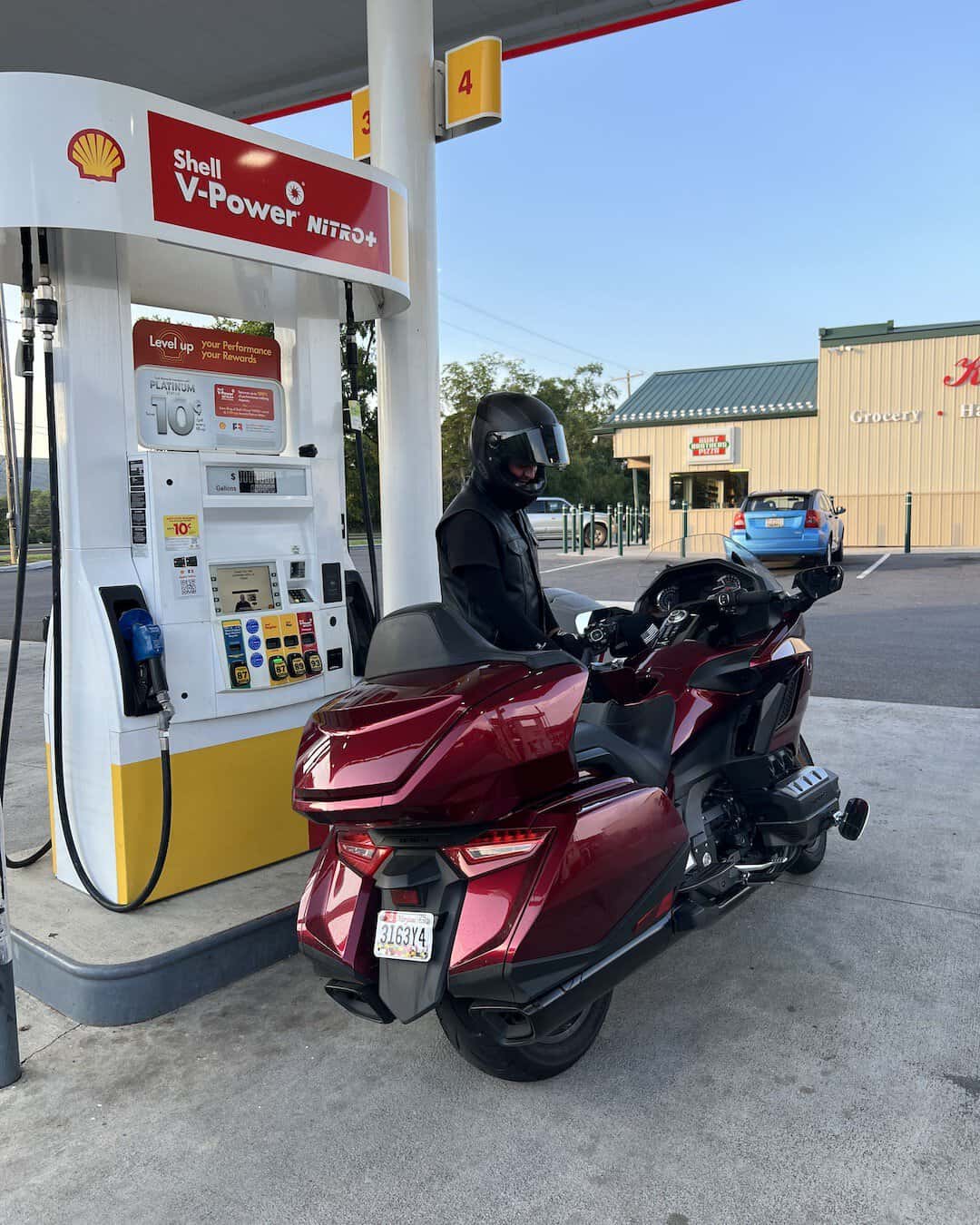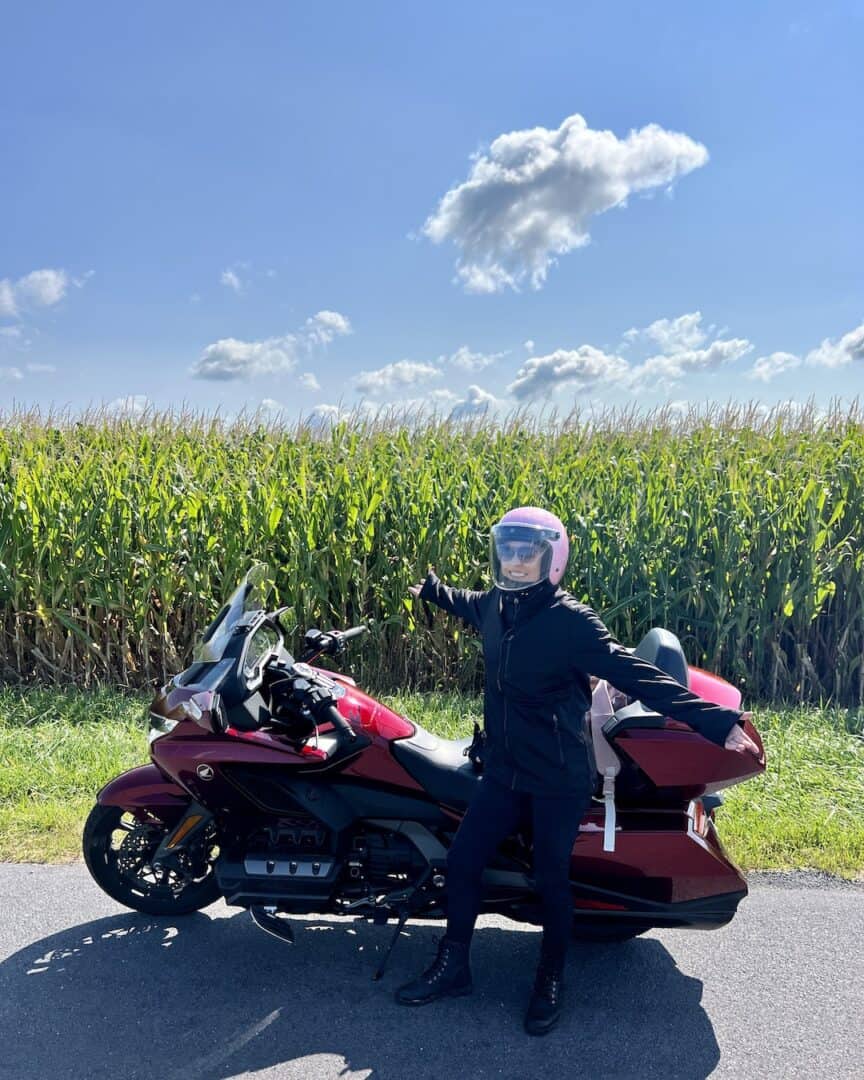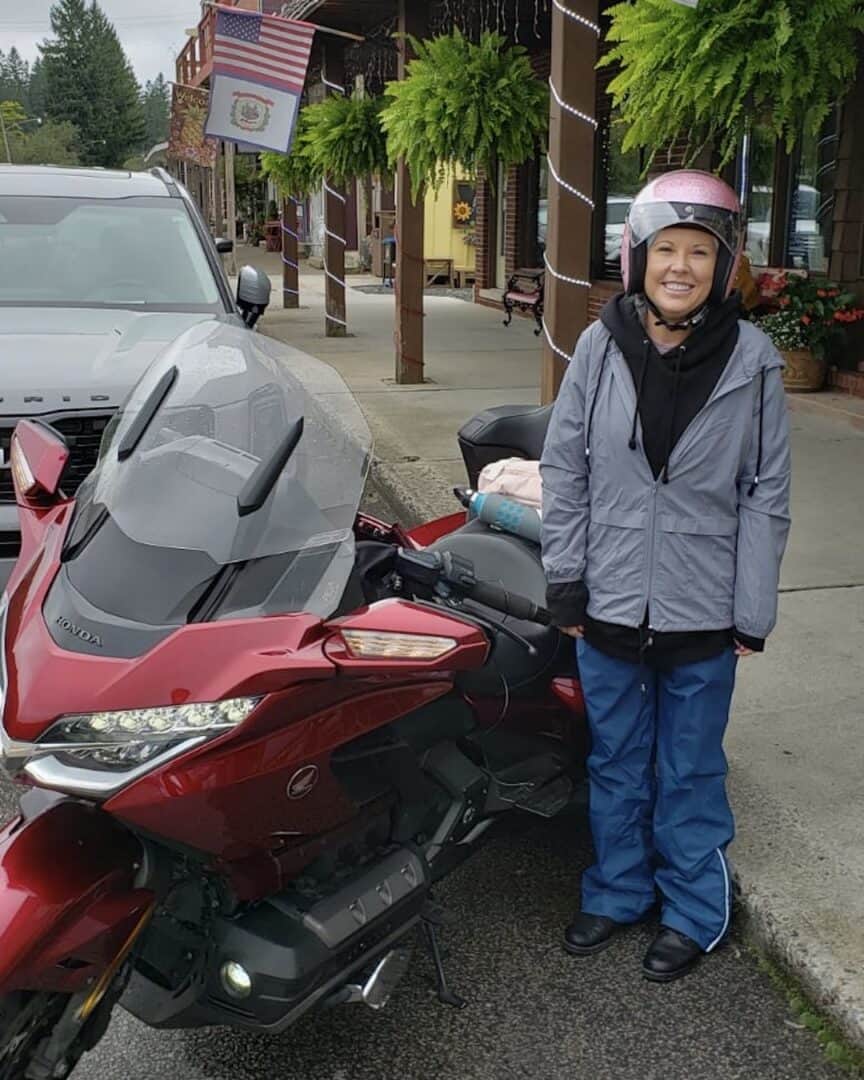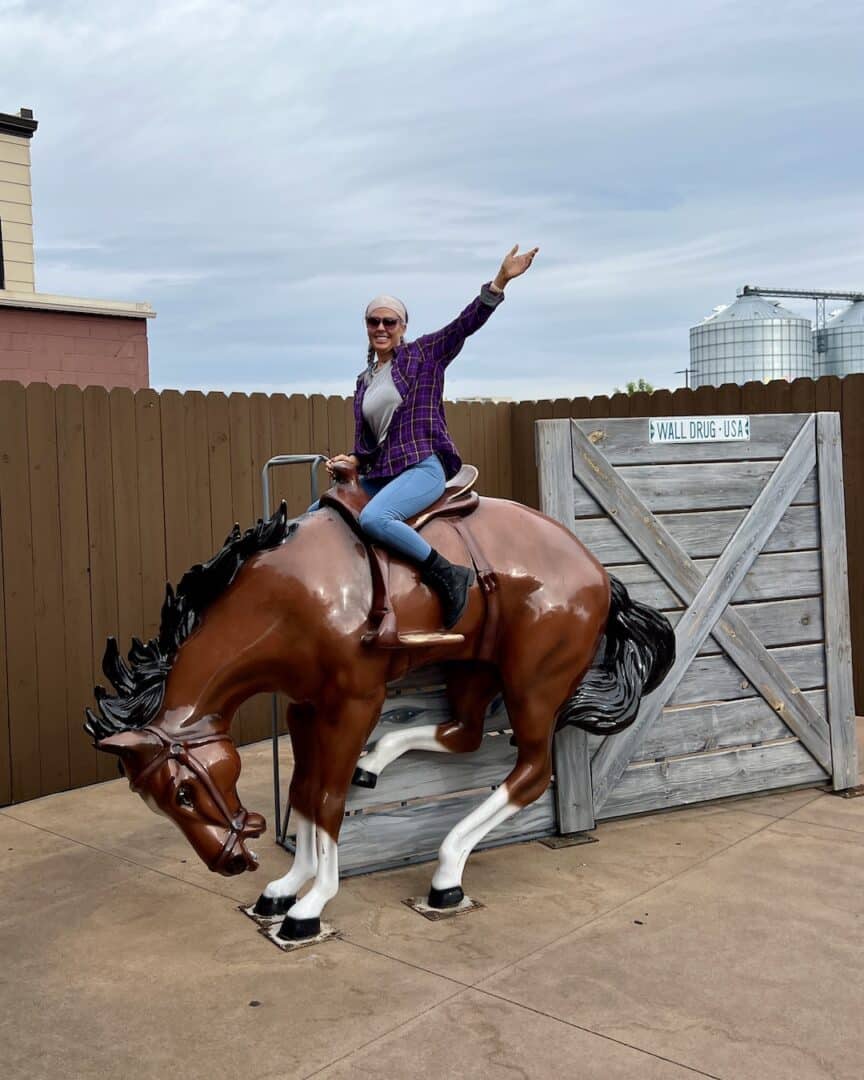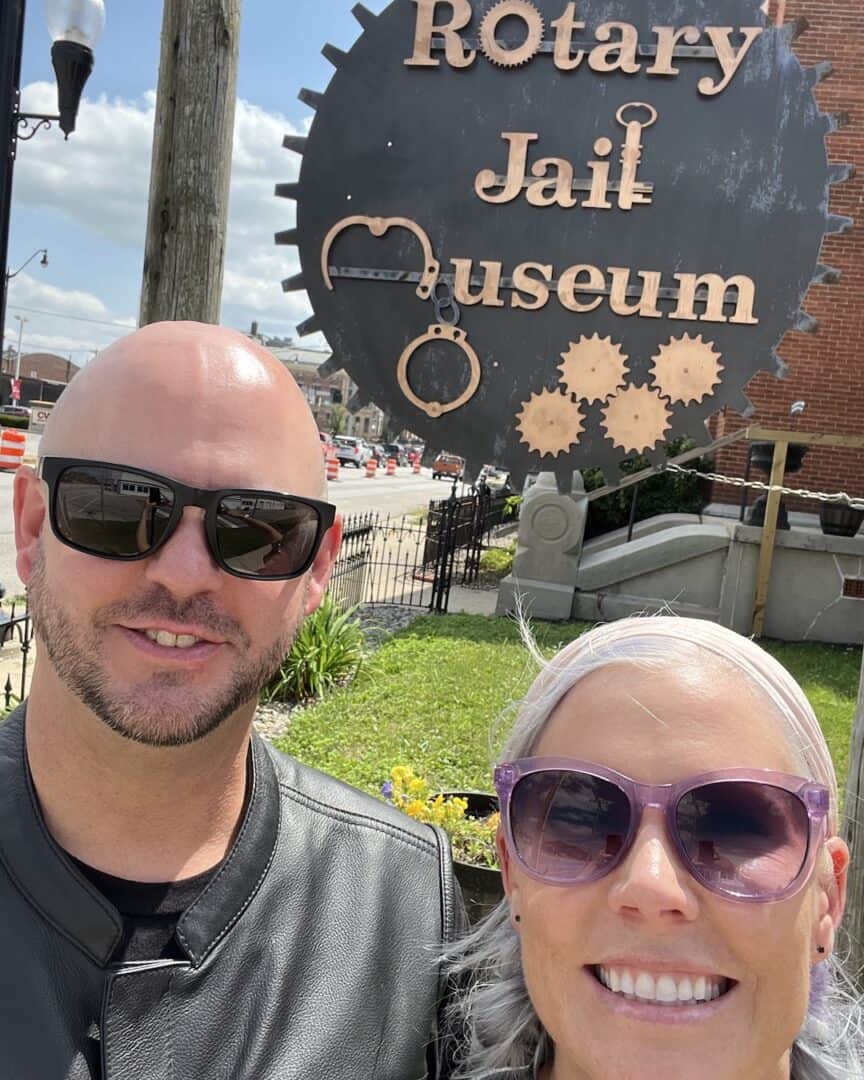Train Travel in Laos: Review of The Laos-China Railway
The 414 km-long Laos-China Railway opened in 2021 and is the best way to explore northern Laos. The LCR shortened a bumpy 10+ hour questionable bus trip between Vientiane and Luang Prabang to a two-hour comfortable train ride.
Train travel around the world is unpredictable. You can arrive at a station with no working toilets and people trying to steal your luggage, or you can travel on Japan’s modern and clean bullet trains. I even had to share a bed with a stranger once. Train travel in Laos exceeded my expectations.

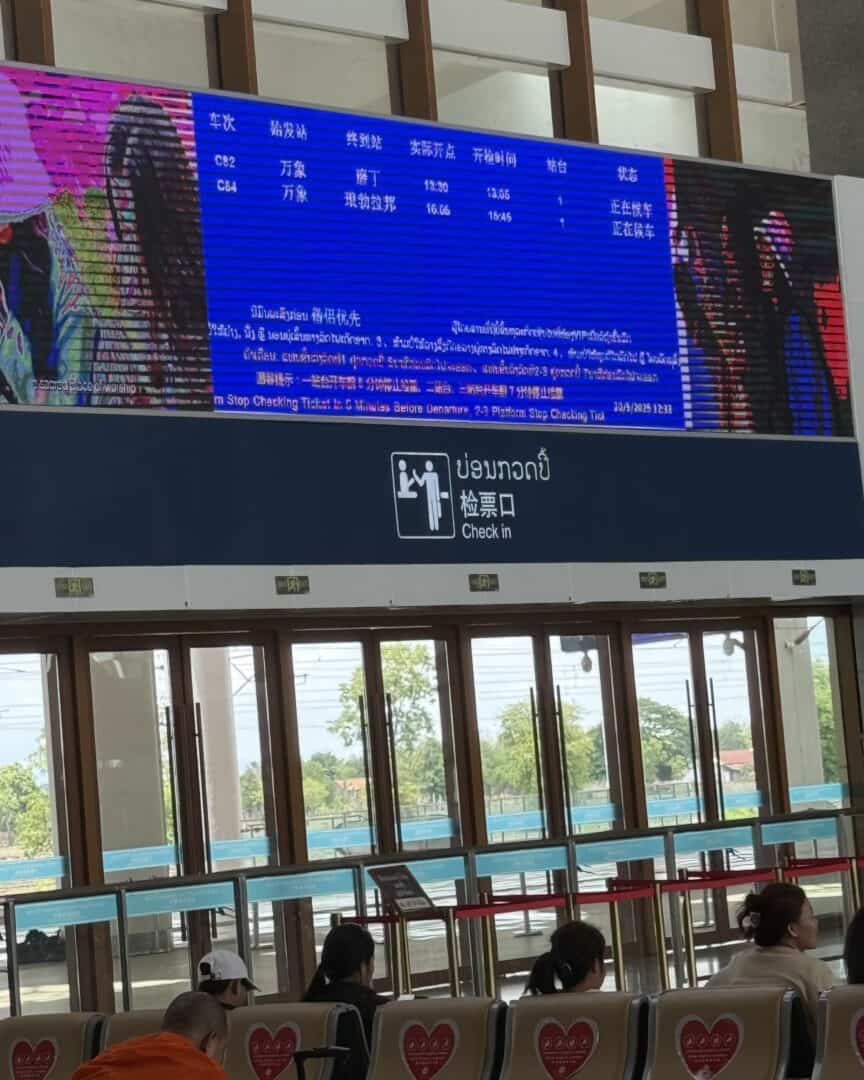
Where can you go?
The Laos-China Railway opened in 2021. It connects Vientiane, Laos, to the Chinese border city of Boten in approximately three hours. The majority of the trains are high-speed and make stops at Vientiane, Vang Vieng, Luang Prabang, and Boten. There is a slower train that makes several more stops in between.
How do you get a ticket?
There are three ways to buy the tickets: (1) directly from the train station in person up to 3 days in advance, (2) from tour operators, and (3) directly from the Laos-China Railway (LCR) app.
To use the app, you need to have a Laos phone number. If you wait to purchase your ticket in person on the day of departure, you will most likely be out of luck. Tickets sell out quickly when they go on sale.
Your best choice is to use a tour operator. I booked through 12go.asia and was able to book my ticket ahead of time for $27.50 (USD). They need a photo of your passport and will send you a QR code when they book the ticket. Sending someone a photo of your passport sounds scary to some people, but it’s the same thing as when accommodations take a photo of your passport. It is a very common practice.
There are three classes – Second Class, First Class, and Business Class. I recommend Second Class to save money. It had plenty of room and was clean and air-conditioned.
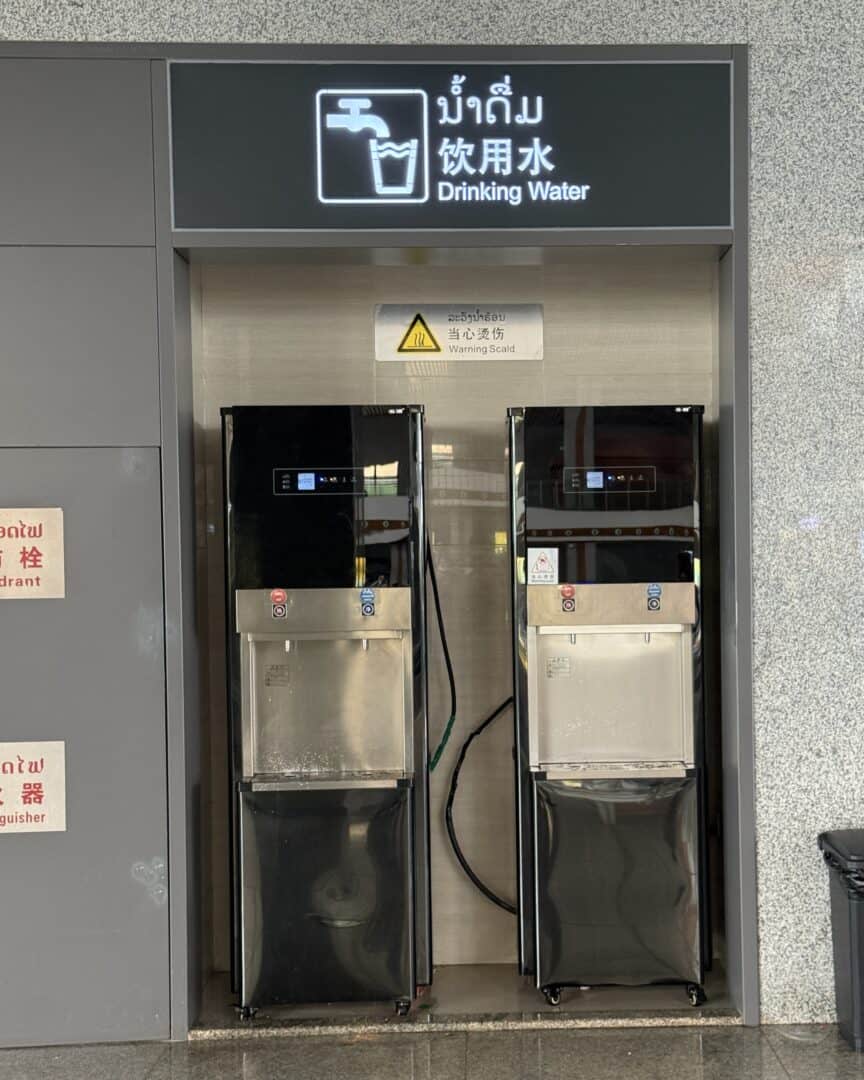
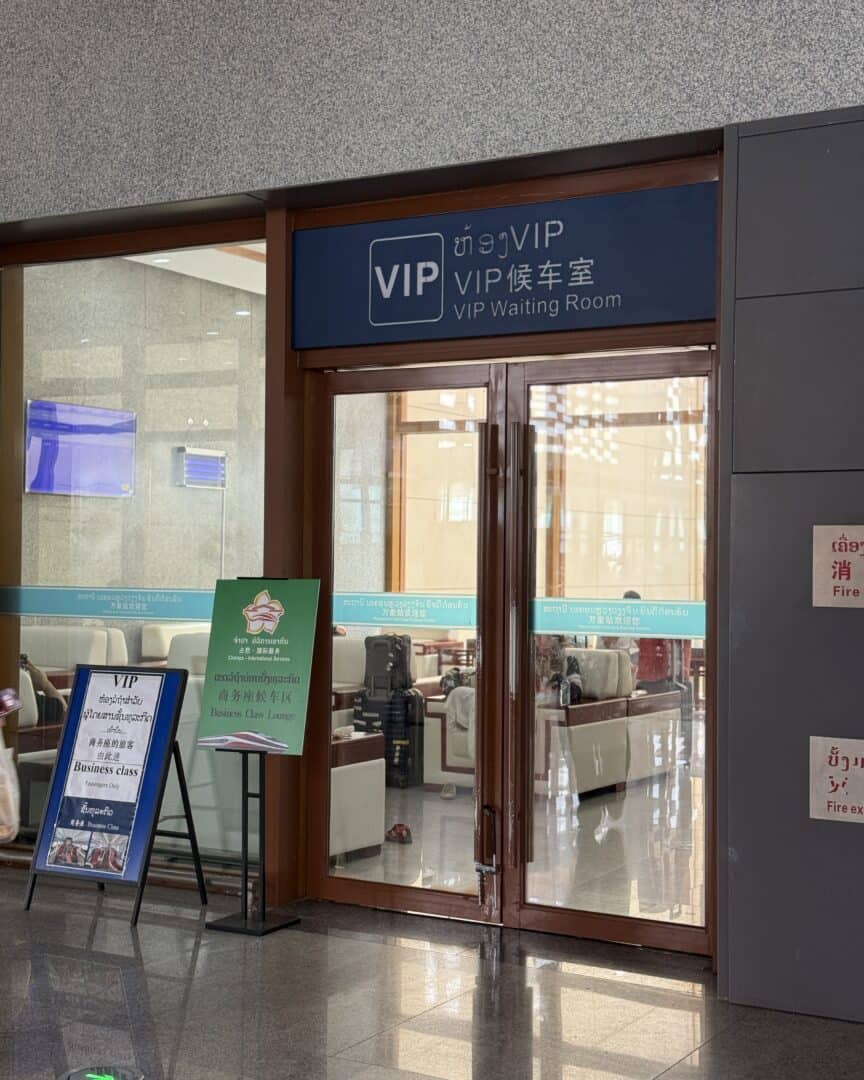
What are the Stations like?
My train left from Vientiane, Laos. I was in my taxi winding through the compact and chaotic streets typical of Southeast Asia when we pulled up to what looked like a modern airport terminal. It was honestly one of the nicest, cleanest railroad stations I have been to.
It is run very similar to an airport. To get into the station, you need to show your ticket (QR code if you bought it through a third party) and your passport. Then you need to go through security. The prohibited items are similar to flying on an airline, including no aerosols and no liquids over 100ml.
That said, I had full-size liquids and a small aerosol bottle of dry shampoo that they didn’t confiscate. It seems they have gotten lax since initially opening.
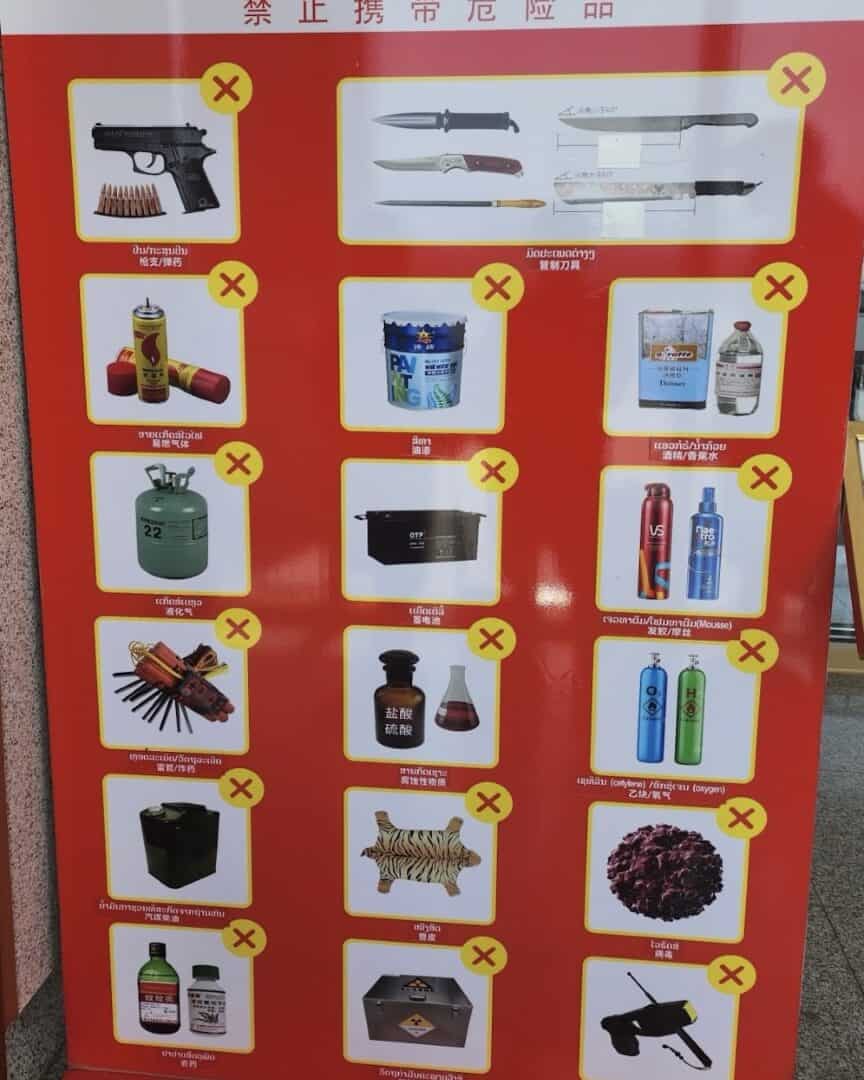
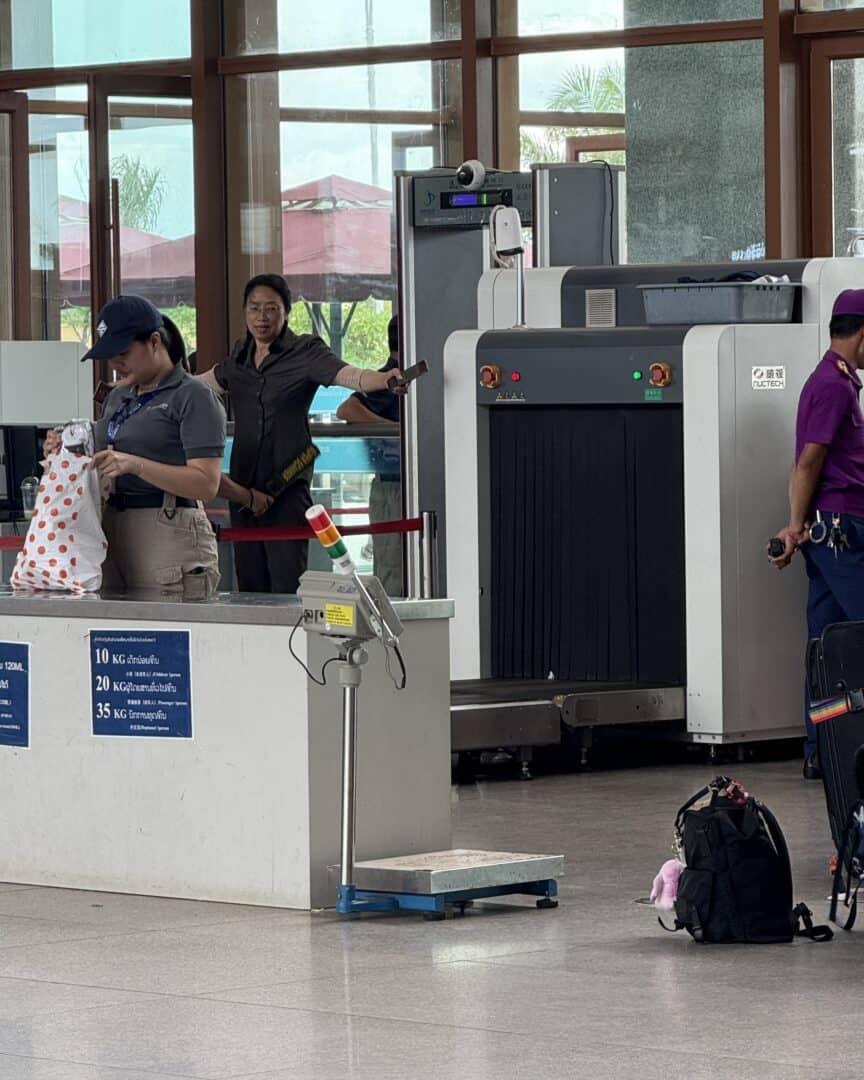
The station itself was similar to an airport. Several food options, clean bathrooms, and even a business-class lounge.
They started boarding the train 25 minutes before. Since there are only a few trains/day and only one actual line, there are only two platforms. So easy compared to large train stations with 10 platforms and 50 trains/day.
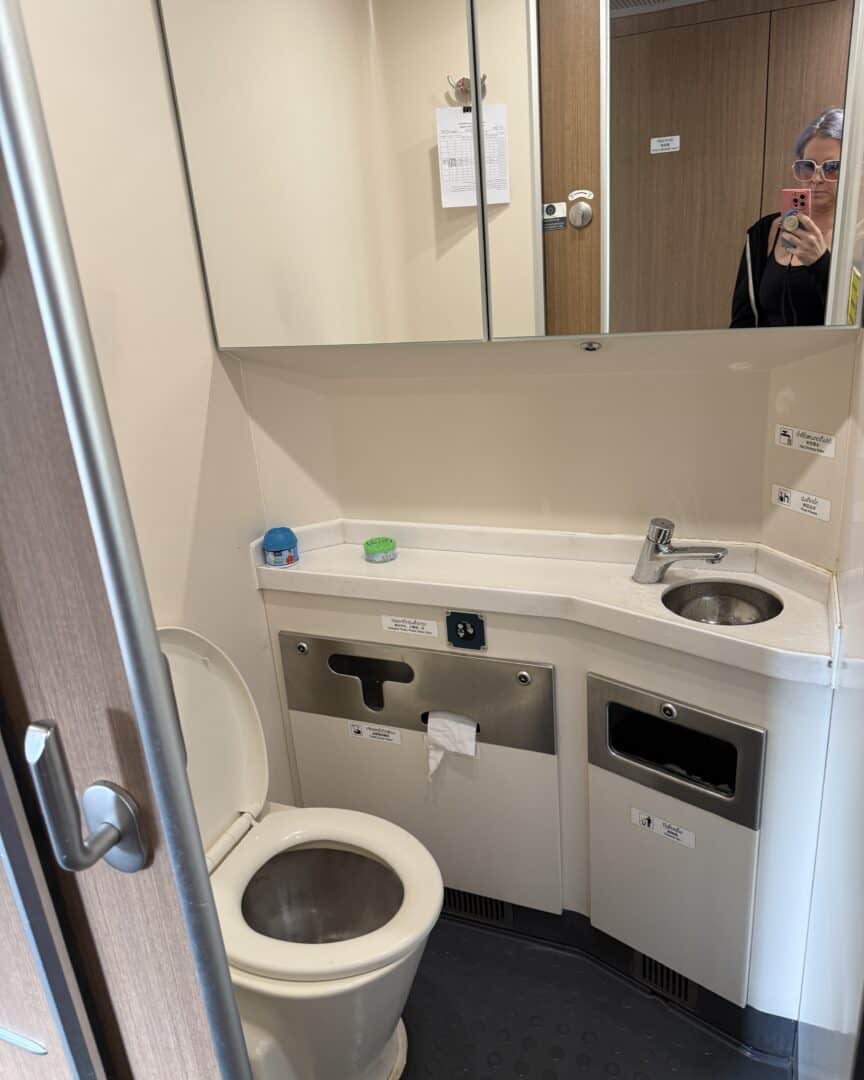
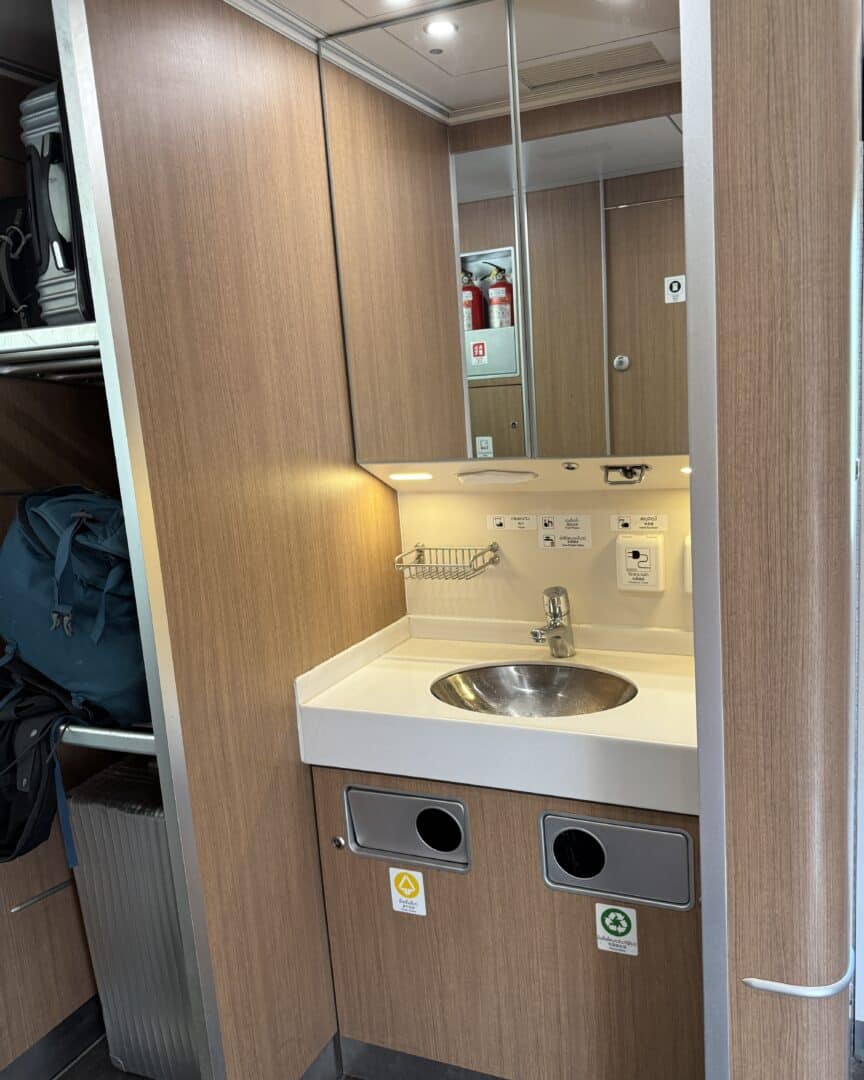
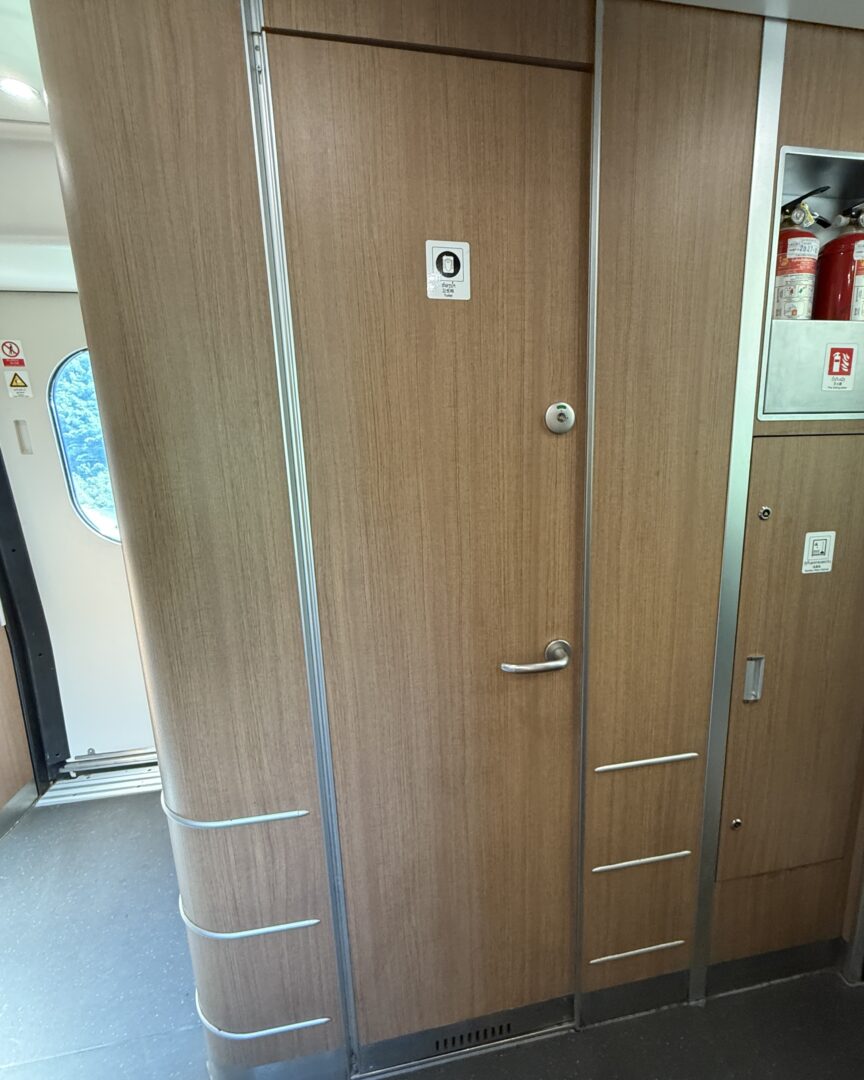
What are the trains like?
Modern and clean. I had a Second Class seat, which was arranged in the 2-2 configuration. I peaked in the First Class car, and it was in a 1:2 configuration. I sadly did not see the Business Class car.
There was plenty of room between the rows. I had my backpack at my feet and still had room. The cars were air-conditioned, and each had both an eastern and western toilet.
One negative was that there was minimal luggage space. There are racks above the seats, but they get taken quickly and do not fit a roller bag. I had to put my suitcase in the hall with several others. People were walking through selling food, and I learned afterward that there was a dining car.
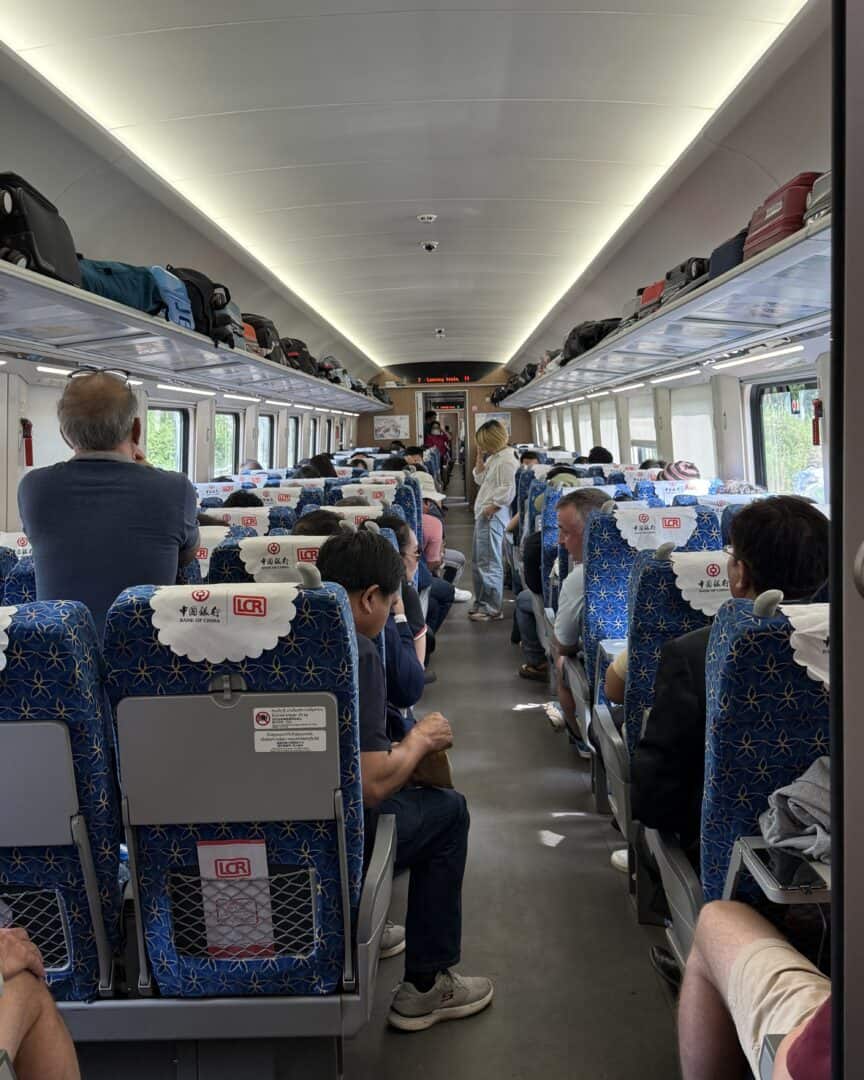
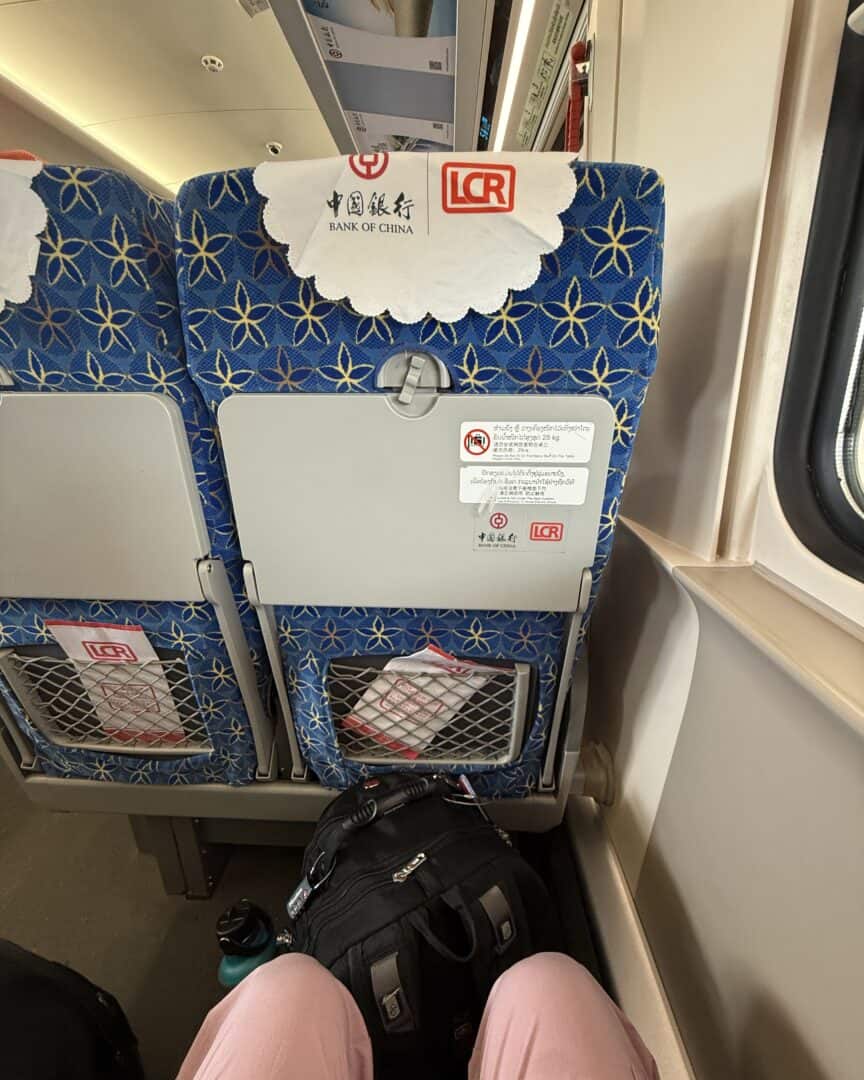
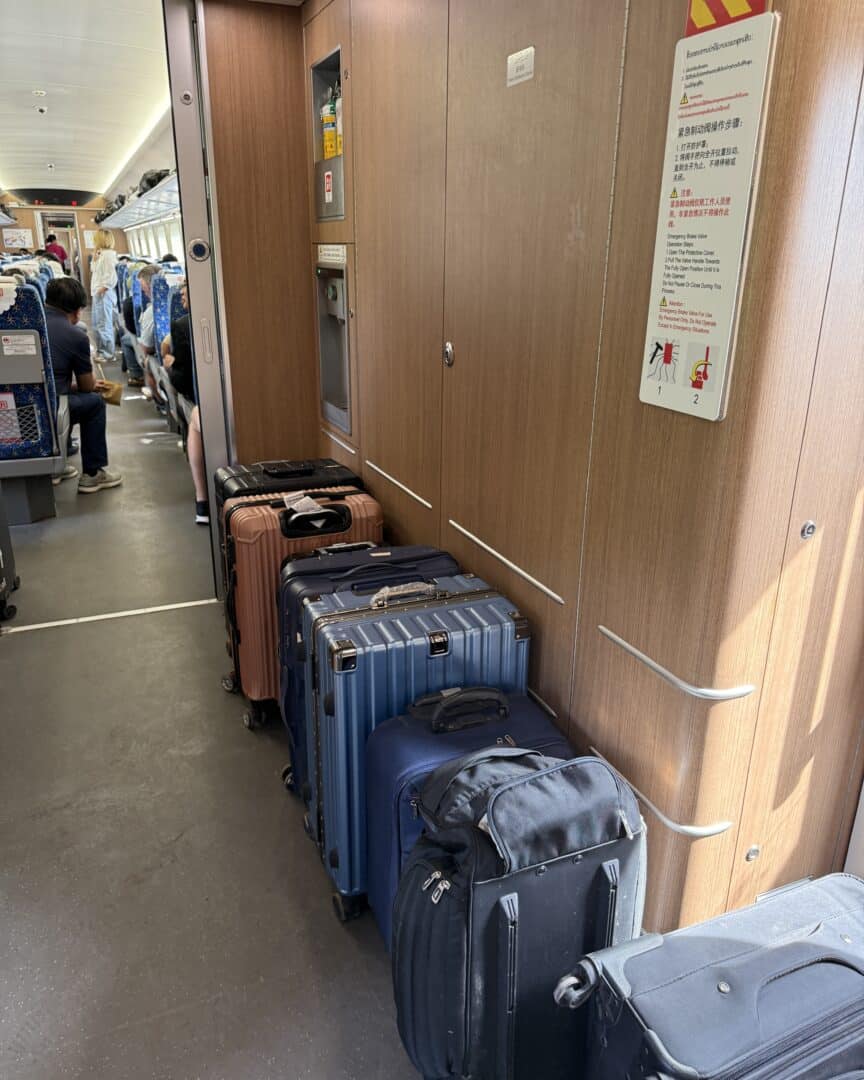
How to get to and from the station?
Loca is the ride-share app in Laos. I do not like haggling and prefer to know precisely what I am paying ahead of time. Plus, you can pay with your card, so you don’t need to have exact change.
Don’t use Loca to get from the station in Luang Prabang to town. I didn’t want to deal with the people outside the station trying to sell me a “good deal.’ I learned it was actually a good deal. I paid $10 (USD) using Loca. I could have taken a tuk-tuk for $2 (USD).
Pro Tip: When you leave the station at Luang Prabang, walk past the initial tuk-tuk drivers you encounter. Walk down the stairs to the parking lot. The first set of drivers you encounter are double the price.
For further information, check out The Man in Seat 61. It is my go-to resource for train travel all over the world. In short, I recommend using the Laos-China Railway when traveling in northern Laos. If you’re interested in learning more about travel in Asia, check out my trip to Guangzhou, China.
Train Travel in Laos: Review of The Laos-China Railway Read More »

